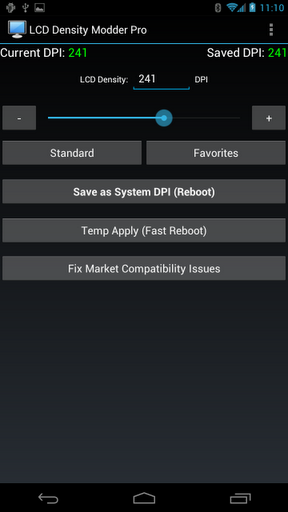latest
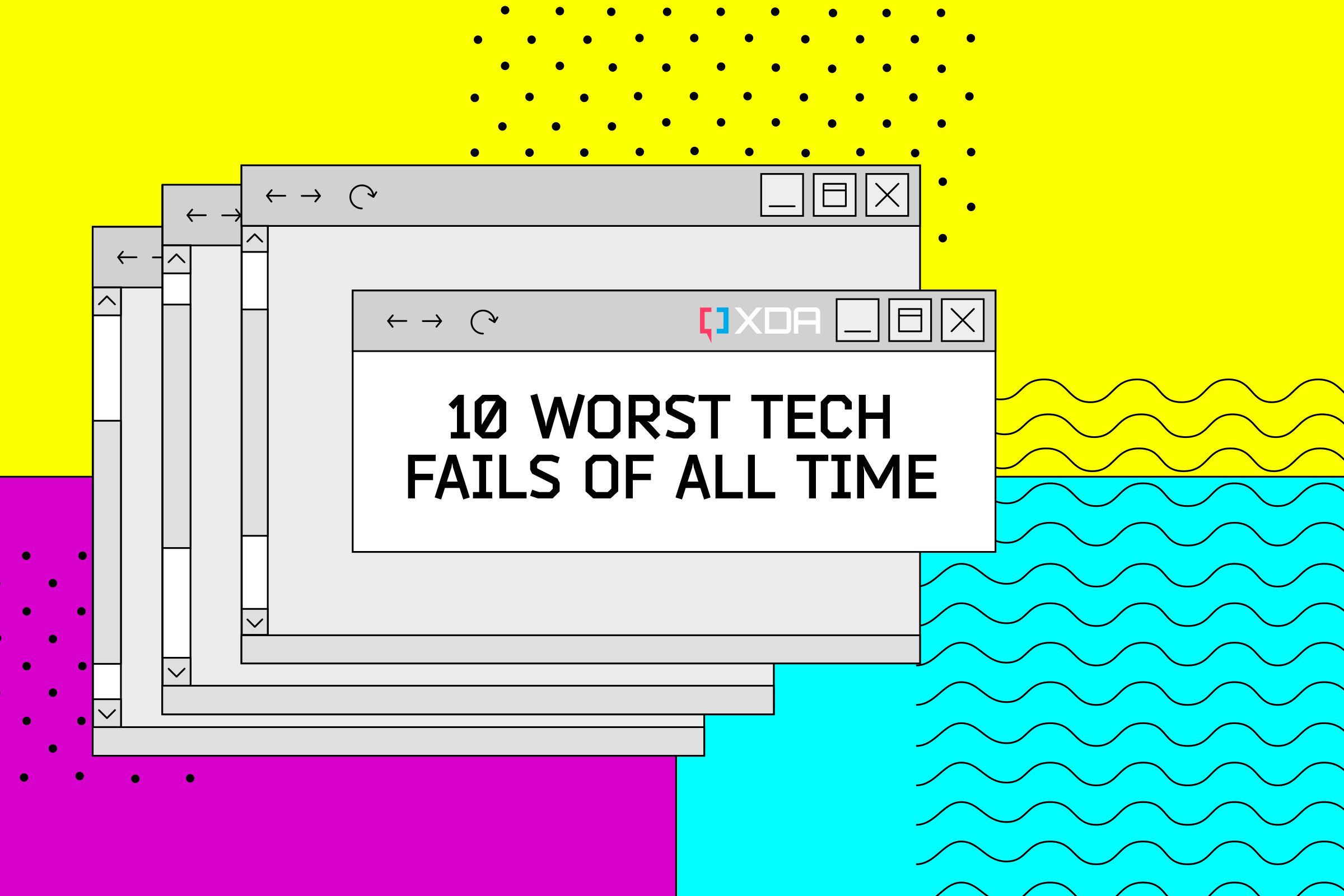
10 worst tech fails of all time
The graveyard of epic tech failures is ever-growing. Here are some of the worst hardware and software fails of all time.
Despite producing products like landmark phones, excellent tablets, and some incredible GPUs, not every product is going to be worth getting. The tech industry has had no lack of epic failures over the decades. From "groundbreaking" AR/VR hardware and disastrous phones and tablets to software that simply failed to get off the ground, here are some of the 10 worst tech failures of all time, in no particular order.
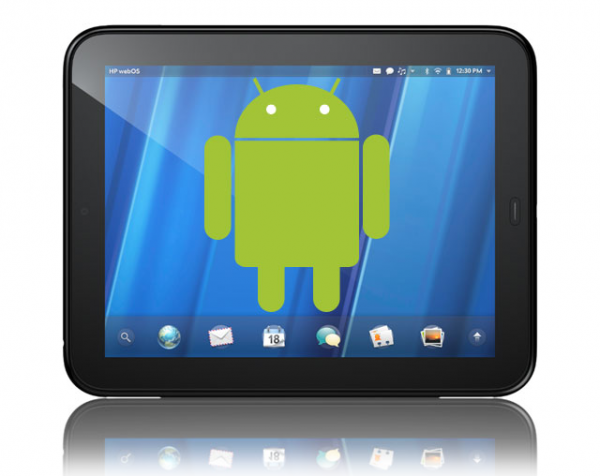
The HP TouchPad is back from the dead thanks to an Android 9 Pie custom ROM
Remember the HP TouchPad? The tablet that ran webOS and was sold for crazy low prices during a fire sale? Developers have just ported Android 9 Pie to it!
The HP TouchPad is one of the most iconic tablets. It was initially released in 2011 with webOS, a mobile operating system that, in retrospect, was ahead of its time with features like gesture navigation. Just over a month after the TouchPad's release, HP announced that they would be ending support for all webOS devices, so the tablet substantially dropped in value. The tablet, which retailed at a starting price of $499, famously went on sale for as low as $99. Enthusiasts quickly swept up the remaining stock of the TouchPad, and developers began work on porting Android 2.3 Gingerbread to the device. Newer Android ports have been developed for the aging tablet, and now Android 9 Pie is the latest Android version to run on the device.
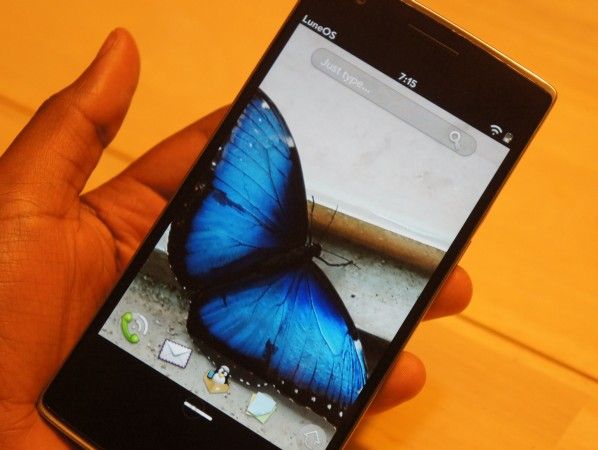
LuneOS Goes Official and Brings webOS to Android Devices
webOS has been reincarnated as the new LuneOS, a Linux-based OS that works on Android devices.
webOS has had rather turbulent history. Initially developed by Palm, the Linux kernel-based operating system has never found had an easy time making its way to mobile devices. However, and what may come as a surprise to many reading this, development work on the platform is still well underway. There are even working ports for some of popular devices like the Google Nexus 4, Nexus 7 (2012), Samsung Galaxy Nexus, and the long since forgotten HP Touchpad.
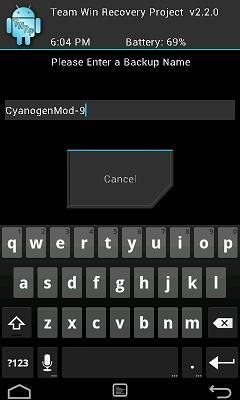
The last time we brought you news about TWRP, it was to announce that TWRP 2.2.2 had been released. It had fixed a lot of bugs from the initial release of TWRP 2.2 and added a few new features. Very recently, TWRP has been updated again to version 2.3.
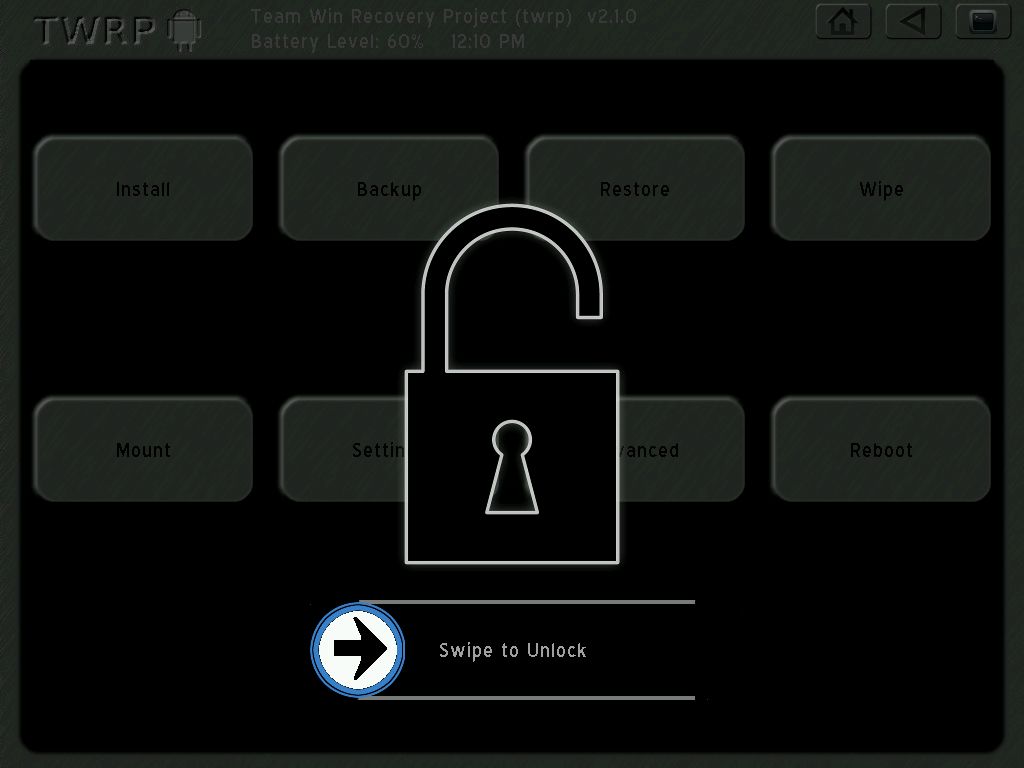
We've said it before, and we'll say it again: touch-based recoveries are the future. Aside from giving end users easier access to device firmware modification, they add a much needed element of polish to the Android hacking experience. While some may say that these upgrade recoveries take away from the feelings of thrill and excitement, I argue that they offer a more efficient interface and enable some truly unique new features not available in the recoveries of yesteryear.



